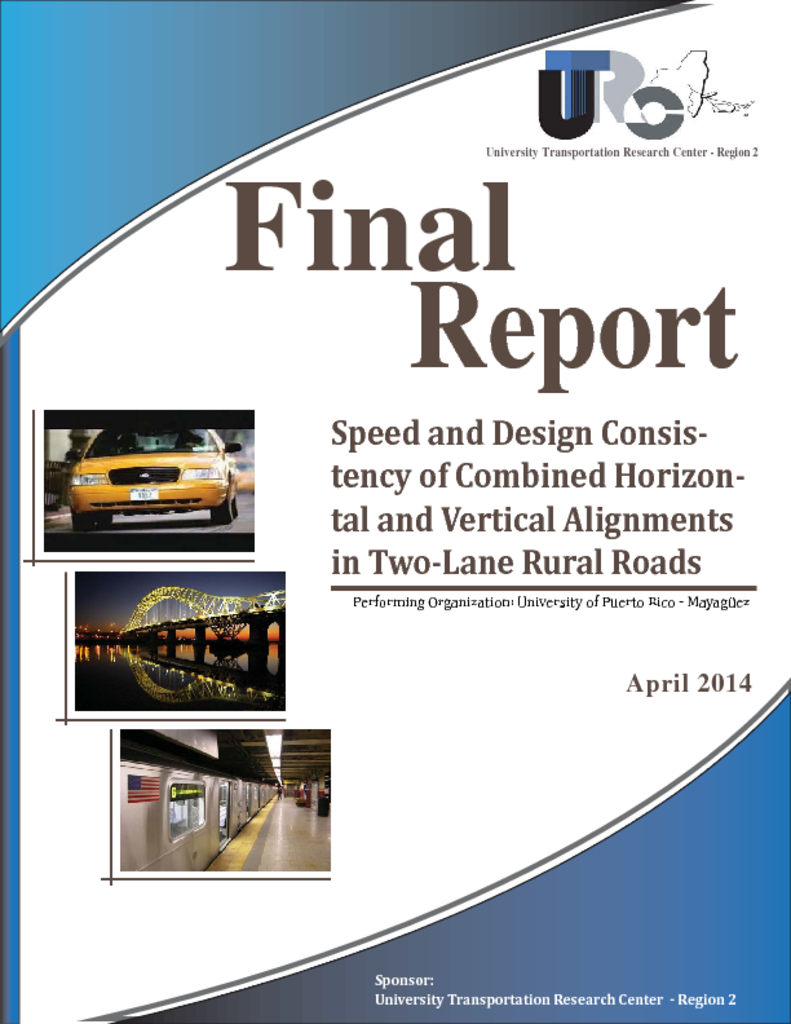One of the most important equations in highway design is the formula for the minimum radius of horizontal curve which considers the design speed of the highway, the superelevation, and the side friction factor. Traditionally, differences in the highway vertical alignment features, which are prevalent at areas with rolling and mountainous terrains, are not considered in this part of the design process. Past research has indicated that drivers perceive horizontal curves differently when compared with highway sections in which both horizontal and vertical curves overlap. To address this issue, speed data from over 20,000 vehicles were collected at 41 horizontal curves on ten rural two-lane highway segments in Puerto Rico. Preliminary analyses identified that speed patterns vary across several categories of terrain type, vertical alignment, and horizontal radius. A decision tree algorithm was developed on the basis of the collected data to the database to model the mean speeds along horizontal curves. The results of the model identified the terrain type as the variable that explains the most variability in operational speeds. Changes in vertical alignment (type of vertical curve), lane width, and horizontal radius were also identified as being influential variables, and therefore providing evidence to support the notion that highway design standards should consider the overlapping of horizontal and vertical curves.


